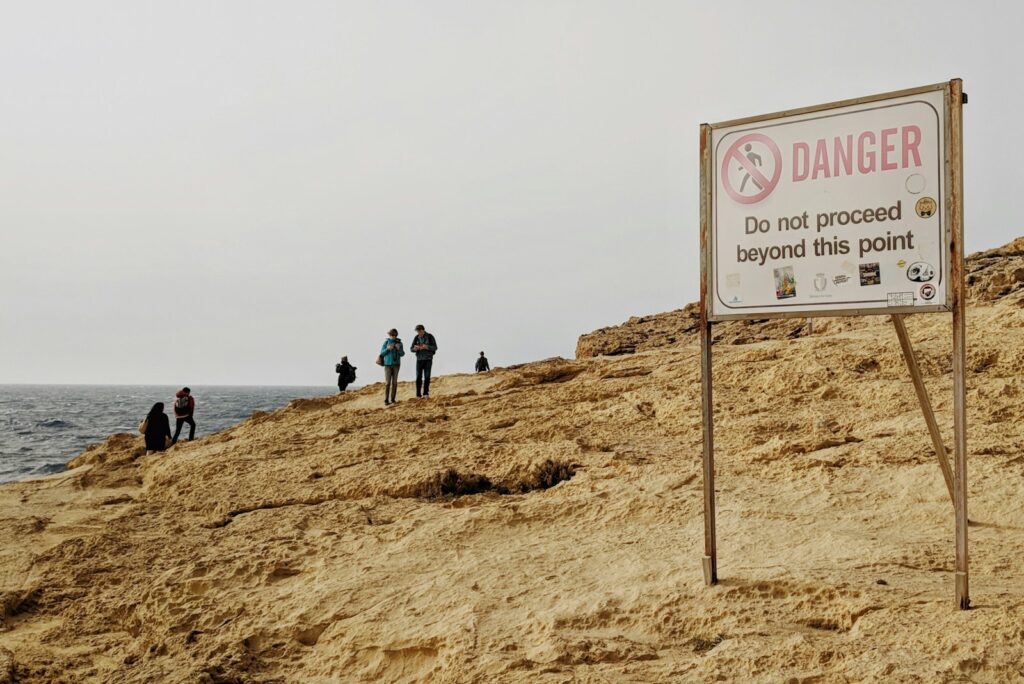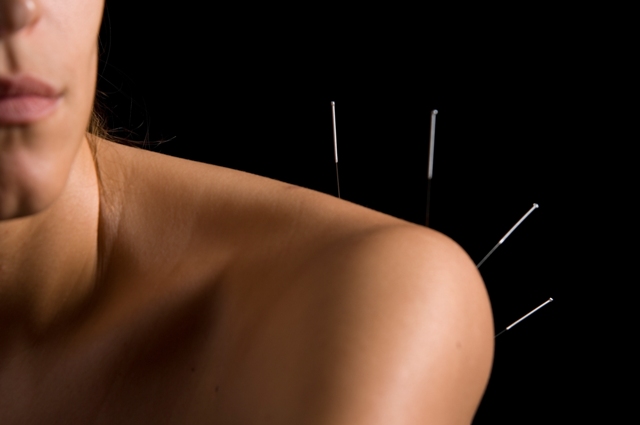Understanding and Mitigating the Risk of Pneumothorax in Dry Needling
Dry needling has become a widely utilized therapeutic technique, offering clinicians a valuable tool for managing various musculoskeletal conditions. Amidst its benefits, it is crucial for clinicians to acknowledge and address potential complications. One such complication that gets a lot of discussion and focus is the risk pneumothorax in dry needling. The concern around pneumothorax in the context of dry needling, despite its relatively low occurrence, stems from the potential severity of this complication.1,2 While pneumothorax may be considered rare, its consequences can be significant and, in some rare cases, even life-threatening if not promptly addressed.3,4 This blog will focus on this topic and explore for you the risk of pneumothorax in dry needling.
What is a Pneumothorax?
Pneumothorax is a medical condition characterized by the presence of air in the pleural space, leading to lung collapse. There are two primary types: spontaneous (occurring without trauma) and traumatic (resulting from injury or medical procedures).1,2 In the context of teaching dry needling, we focus on understanding and preventing pneumothorax associated with dry needling structures in the lung field. Often implicated is needling of the trapezius muscle, but potentially rhomboid, levator scapulae, thoracic paraspinal musculature, etc.
Incidence of Pneumothorax in Dry Needling
Several studies shed light on the incidence of pneumothorax in patients undergoing dry needling. What we find is that the incidence is very rare. One study by Brady et al. involving 39 physical therapists who tracked adverse events in 7,600 treatments reported no occurrence of pneumothorax among the 7,600 treatments using dry needling.5 Similarly, a prospective study by White et al., involving physiotherapists and doctors, reported 2,178 adverse events (AEs) in 31,822 treatments and reported no incidence of pneumothorax. However, rare, there have been some reported.6 Witt et al. carried out the largest prospective acupuncture study to date. Of the 229,233 patients who received 2.2 million acupuncture treatments, there were two reported cases of pneumothorax.7 There have been some case studies of pneumothorax. Dalton et al. detail a case of bilateral pneumothorax that was treated and resolved.8 Iwadate et al. detail an autopsy report of a bilateral tension pneumothorax after acupuncture.4 The patient suffered dyspnea and chest pain soon after the completion of an acupuncture treatment and died 90 min later. So, while rare, they do occur and can be potentially fatal. This underscores the importance of delving deeper into the causes and preventive measures associated with this complication.
Why Does Pneumothorax Occur in Dry Needling?
Anatomical considerations are pivotal in understanding why pneumothorax may occur during dry needling. This was the expressed rationale for Halle and Halle’s 2-part series of articles that detail the relevant anatomic considerations for safe needling.1,9 The pleura, a thin membrane surrounding the lungs, can be inadvertently punctured if needles are inserted in the wrong location, too deeply, or at improper angles. Learning proper anatomical palpation and anatomical landmarks is essential for proper needling near the lung field. As is hammered home in our foundations and advanced courses, respect for the patient’s anatomy is important for safety. If you can’t appreciate the anatomy of your patient, you should not be placing a needle in the body. Factors such as variations in patient anatomy, proper and safe needle depth, and proper needle manipulation techniques all contribute to mitigating the risk. I posted a blog on the importance of anatomy if you want further information. As Halle and Halle conclude, “To be performed effectively and safely, minimizing the chance that an adverse event might occur, the clinician must have a clear understanding of the underlying anatomy of the region being dry needled.”1,9
Preventive Measures
To mitigate the risk of pneumothorax in dry needling, adherence to established safe techniques is paramount. Proper training in needle insertion techniques, understanding anatomical landmarks, and the inclusion of the use of diagnostic ultrasound guidance can all significantly reduce the likelihood of complications. Ongoing education for clinicians is crucial to stay updated on the latest safety protocols. Structure & Function Education has multiple dry needling courses that focus on safety and mitigating risks of pneumothorax when needling in the area of the lung. Additionally, we believe so much in the training in anatomy; we host cadaver dissection courses that allow clinicians to review, inspect, and explore the anatomic variations in our donors, as well as really intensely brush up on your anatomic knowledge. You can find all of our courses at this link.
Informed Consent and Patient Communication
Clinicians bear an ethical responsibility to inform patients about potential risks associated with dry needling, including pneumothorax. Effective communication involves explaining the procedure, discussing potential complications, and ensuring patients have the necessary information to make informed decisions about their treatment. This is one area where being very clear and engaging in informed consent, as we talked about in a previous article comes in really handy. To help your patients feel more informed and prepared for incorporating dry needling into your treatment protocol, we have prepared an ”Informed Consent” form and the “Side Effects of Dry Needling” information sheet for you and your patients. The handout outlines the potential risks of dry needling and warning signs to be aware of following treatment. (As always, we encourage you to follow the state and local guidelines in your area related to the practice of dry needling and your license.)
Conclusion
As clinicians embrace dry needling in their practice, understanding and addressing the risk of pneumothorax is imperative. By respecting your patient, proper technique, and anatomy. Along with implementing preventive measures, and fostering transparent communication with patients, clinicians can enhance the safety and effectiveness of dry needling as a therapeutic intervention. As you can tell from our blogs, we take safety seriously in our courses and use methods that assure proper safety in needle application. If you would like to learn dry needling from a company that focuses on patient safety and really focuses on the anatomic knowledge necessary to be a safe needler, enroll in an open course today at www.structureandfunction.net
References
- [Pubmed] Halle JS, Halle RJ. PERTINENT DRY NEEDLING CONSIDERATIONS FOR MINIMIZING ADVERSE EFFECTS – PART ONE. Int J Sports Phys Ther. 2016;11(4):651-662.
- [Publisher]. Ying X, Wang P, Xu P, Zhu B. Pneumothorax associated with acupuncture: A systematic review and analysis. Acupunct Relat Ther. 2016;4(4):17-25. doi:10.1016/j.arthe.2016.11.002
- [Pubmed] Yamaguchi R, Makino Y, Torimitsu S, Chiba F, Kihara Y, Iwase H. Fatal bilateral pneumothoraces after electroacupuncture treatment: A case report and literature review. J Forensic Sci. Published online August 26, 2021:1556-4029.14874. doi:10.1111/1556-4029
- [Pubmed] Iwadate K, Ito H, Katsumura S, et al. An autopsy case of bilateral tension pneumothorax after acupuncture. Leg Med Tokyo Jpn. 2003;5(3):170-174. doi:10.1016/s1344-6223(03)00052-x
- [Pubmed] Brady S, McEvoy J, Dommerholt J, Doody C. Adverse events following trigger point dry needling: a prospective survey of chartered physiotherapists. J Man Manip Ther. 2014;22(3):134-140. doi:10.1179/2042618613Y.0000000044
- [Pubmed] White A. A Cumulative Review of the Range and Incidence of Significant Adverse Events Associated with Acupuncture. Acupunct Med. 2004;22(3):122-133. doi:10.1136/aim.22.3.122
- [Pubmed] Witt CM, Pach D, Brinkhaus B, et al. Safety of Acupuncture: Results of a Prospective Observational Study with 229,230 Patients and Introduction of a Medical Information and Consent Form. Complement Med Res. 2009;16(2):91-97. doi:10.1159/000209315
- [Pubmed] Dalton B, Swarbrigg C, Raman V, Sheehy M, Glynn S. Acupuncture-D” – Bilateral Pneumothoraces Following Dry Needling. Ir Med J. 2022;115(2):546.
- [Pubmed] Halle JS, Halle RJ. PERTINENT DRY NEEDLING CONSIDERATIONS FOR MINIMIZING ADVERSE EFFECTS – PART TWO. Int J Sports Phys Ther. 2016;11(5):810-819.




